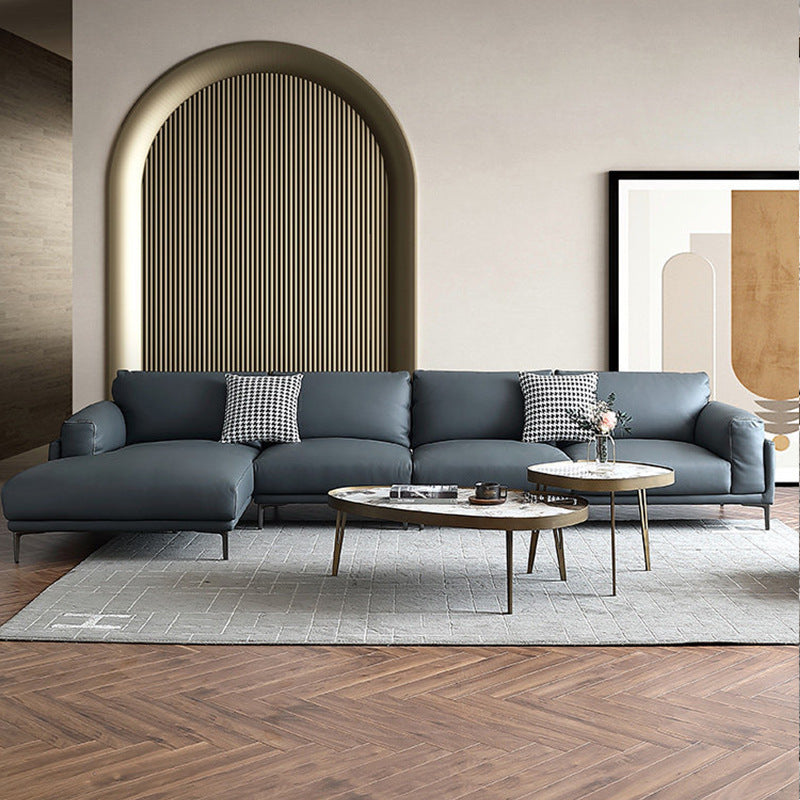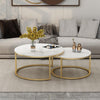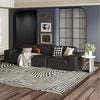The Role of Color in Furniture Design

Color is a fundamental element in furniture design that can make or break a product's success. Furniture manufacturers must pay careful attention to color when creating new designs, as it can have a significant impact on the product's overall aesthetic appeal and consumer response.
The role of color in furniture design goes beyond aesthetics. It can influence the mood and atmosphere of a room, evoke emotions, and even affect consumer behavior. Here are some of the key ways color plays a role in furniture design:
-
Creating Mood and Atmosphere Color can set the tone for a room and create a specific mood or atmosphere. For example, warm colors like red and orange can create a cozy and inviting atmosphere, while cool colors like blue and green can create a calming and relaxing environment. Furniture designers must consider the intended use of the product and the desired mood when selecting colors.
-
Differentiating Products Color can be used to differentiate products and help them stand out in a crowded marketplace. Bright, bold colors can attract attention and create a memorable impression, while neutral colors can convey sophistication and elegance. Furniture manufacturers must carefully consider the intended target audience when selecting colors to ensure they resonate with their customers.
-
Influencing Consumer Behavior Color can also influence consumer behavior and purchasing decisions. Studies have shown that certain colors can evoke specific emotions and influence consumer perceptions of a product's value and quality. For example, red is often associated with excitement and urgency, while blue is associated with trust and reliability. Furniture manufacturers must consider the desired consumer response when selecting colors.
-
Highlighting Design Features Color can be used to highlight specific design features or elements of a piece of furniture. For example, using a bold color on the arms of a chair or the legs of a table can draw attention to those features and create visual interest. Furniture designers must consider how color can enhance the overall design of the product.
In conclusion, color plays an essential role in furniture design, from creating mood and atmosphere to influencing consumer behavior. Furniture manufacturers must carefully consider the intended use of the product, target audience, and desired consumer response when selecting colors. By doing so, they can create products that not only look beautiful but also resonate with their customers on a deeper level.





